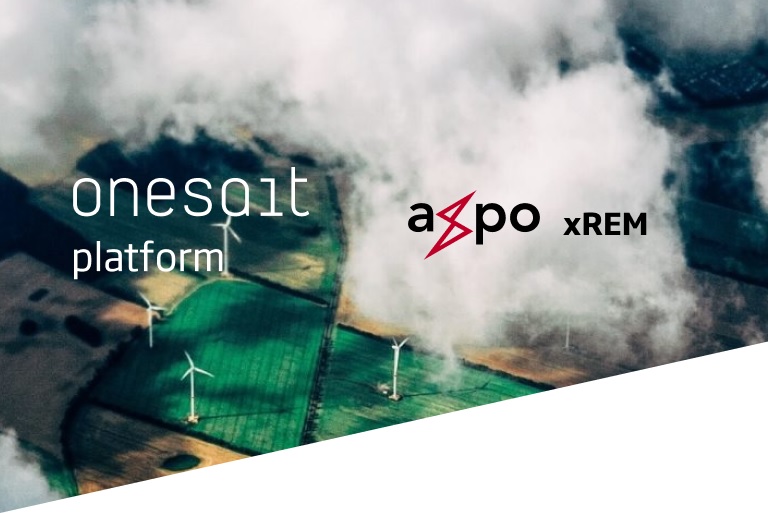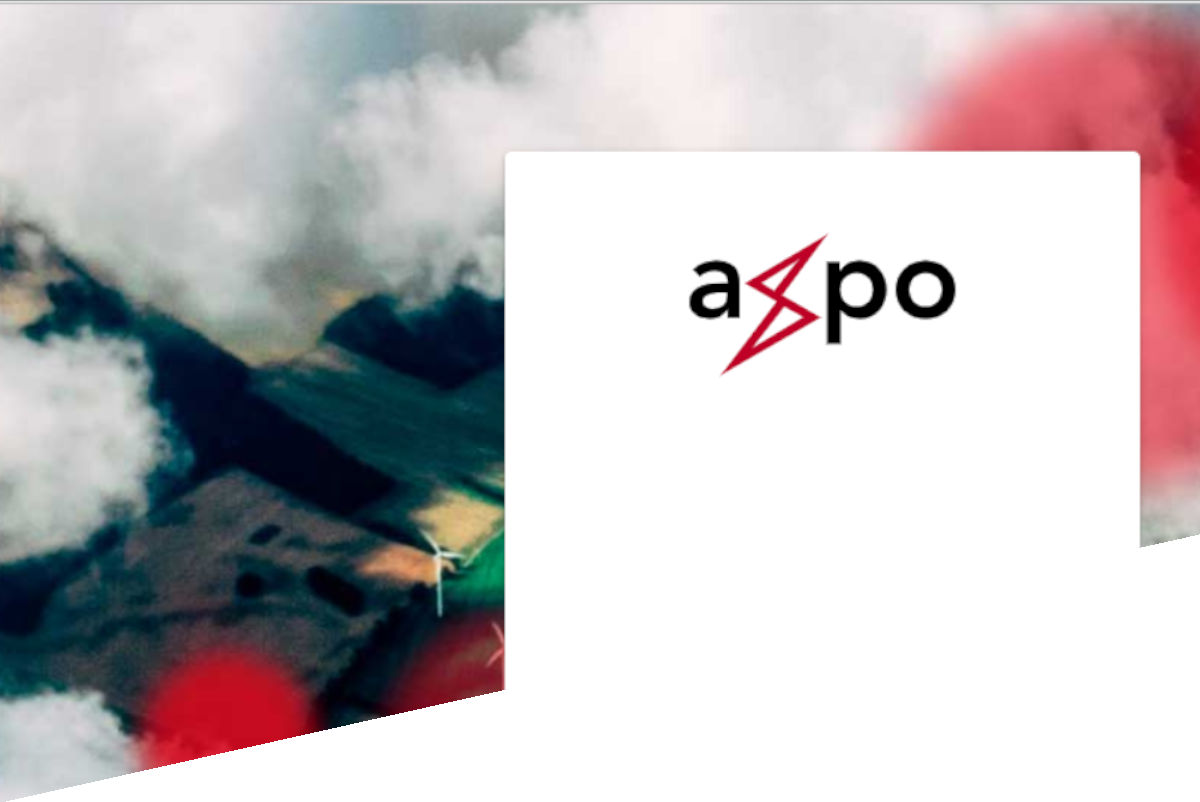The xREM Project
The xREM project consists of monitoring European wind farms through the intake of periodical signals and events and their subsequent visualization. For this purpose, the Onesait Platform is used as a tool for ingesting and processing data and three additional-external-platform modules are needed to represent the data in the form of graphs and KPIs.

How did xREM start?
On July 2018, the Onesait Platform team started to assemble a pilot to show the Platform capabilities according to customer needs (Axpo). This pilot consisted of ingesting signals and events from two wind farms owners and visualize these data in some Platform Dashboards which were integrated in a web application (build with the Platform Web Project tool).
Below you can see some pictures with a summary of the xREM pilot:
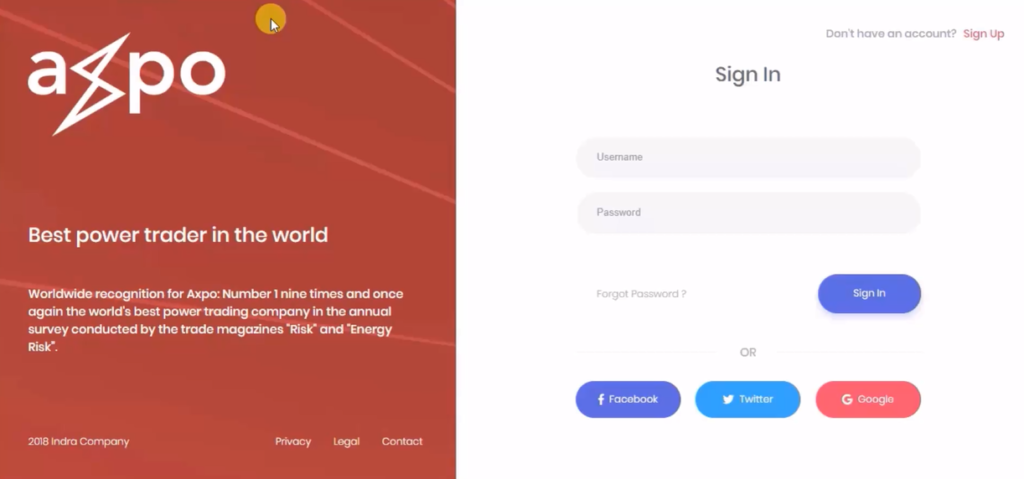
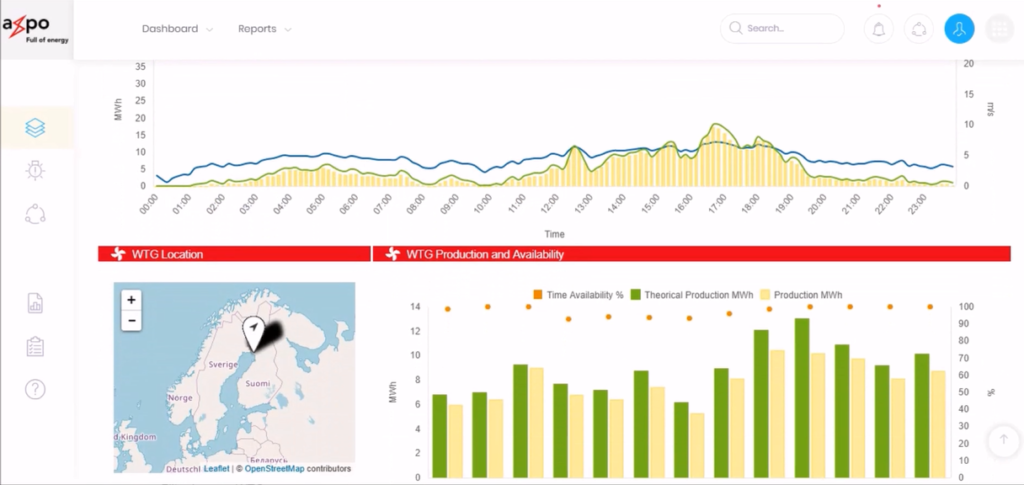
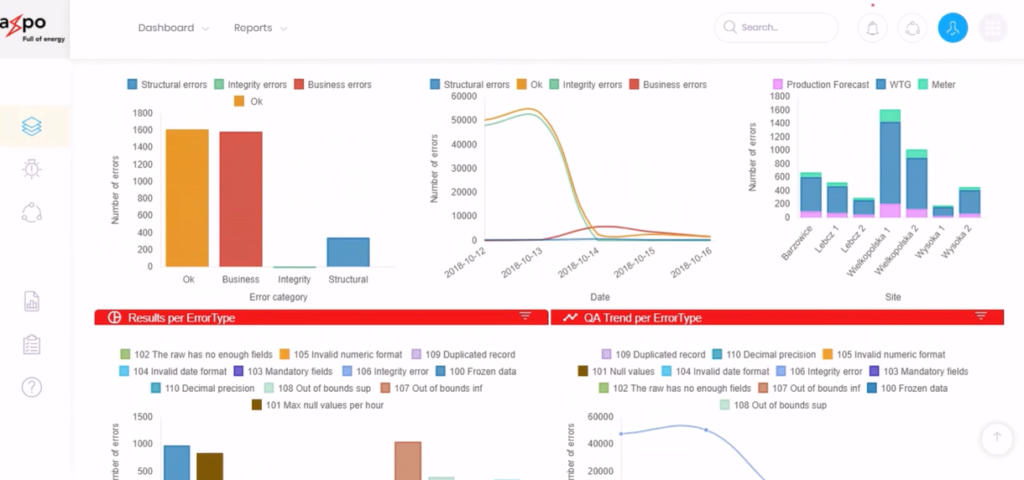
On October 2018, the Onesait Platform team went to Switzerland to present the pilot to the customer and that is how Minsait won the xREM project!
The xREM project
The project started in January 2019 and finished one year later. During this time, the signals and events ingestion processes of more than 100 wind farms were built. Also, two back-end and one front-end modules were developed in order to extract the data from the Onesait Platform database, calculate the KPIs or the graphics signals and represent them in the web application:
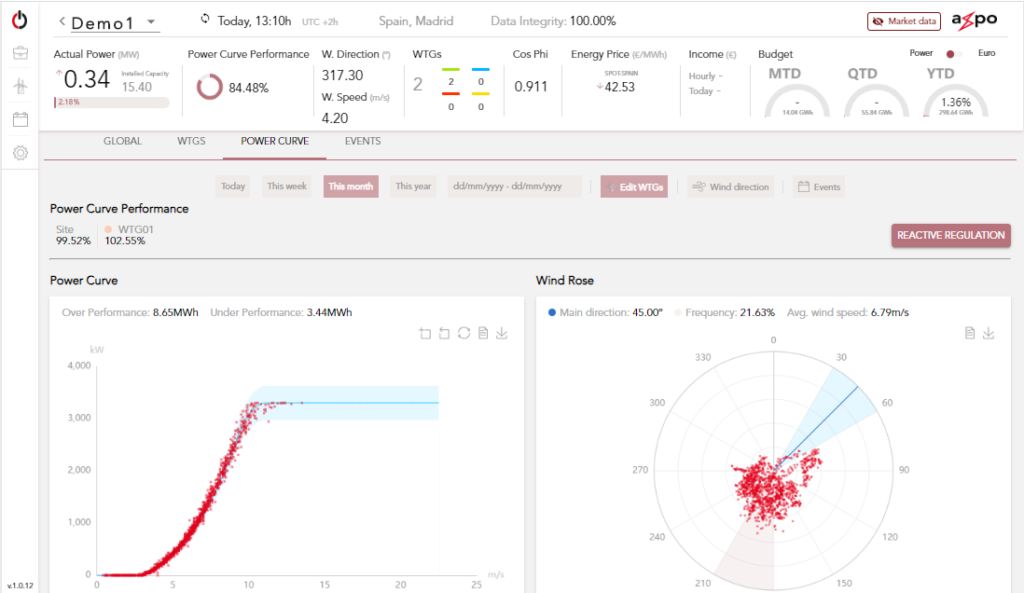
The whole process that summarizes all the modules involved in this project can be seen in the following diagram:
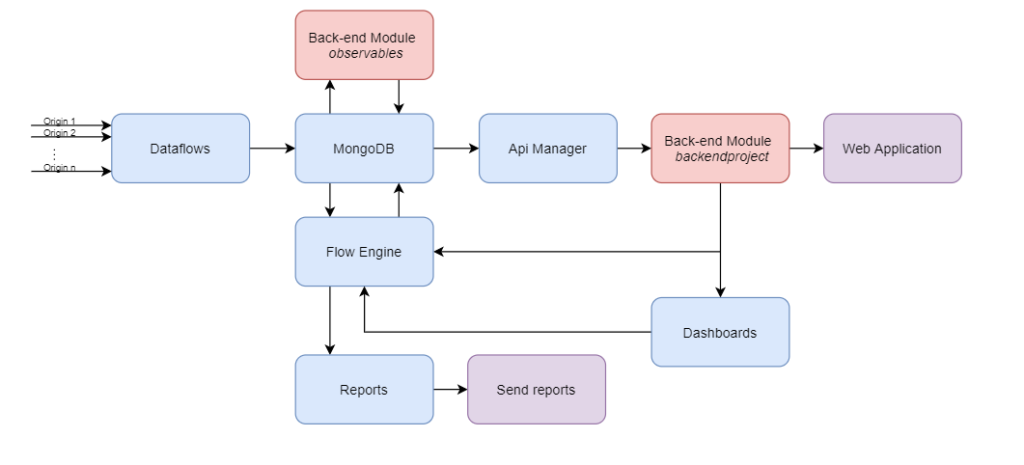
The blue stages represent Onesait Platform modules, the red ones are back-end modules (built with Java and Spring) and the purple ones represent final results: the web application used by Axpo users and the periodical sending of reports to these users.
First of all, the wind farms data are read from different sources using the platform Dataflows and, in the process, they go through a series of validations of structure, integrity and business and, after that, they are inserted into the Platform database (MongoDB).
Then, some flows developed in the Platform Flow Engine, process the ingested data and insert some tasks in MongoDB to recalculate some KPIs or new signals. These tasks are executed in a back-end module called observables, whose result is inserted into the Onesait Platform database.
After that, with the API Manager some APIs are generated to extract the data from the MongoDB database and these APIs are called from the backendproject back-end module. Finally, this module exposes the data to the front module as REST services.
The Flow Engine also performs another function, which is sending periodical reports to Axpo users. For that purpose, it calls the REST services exposed in backendproject module to obtain some data needed in the report. In addition, it exports some Platform Dashboards as images to include them in the report. These Dashboards are graphs built with backendproject module information.
Finally, the reports are generated with the Platform reports tool and then are sent to the Axpo users.
Conclusions
After this look at the xREM project, we hope you liked the post and do not hesitate to leave us a comment.
Ah, remember that you can download the Community Edition version of the Platform completely free of charge, in case you want to try first-hand the potential of our tool.

